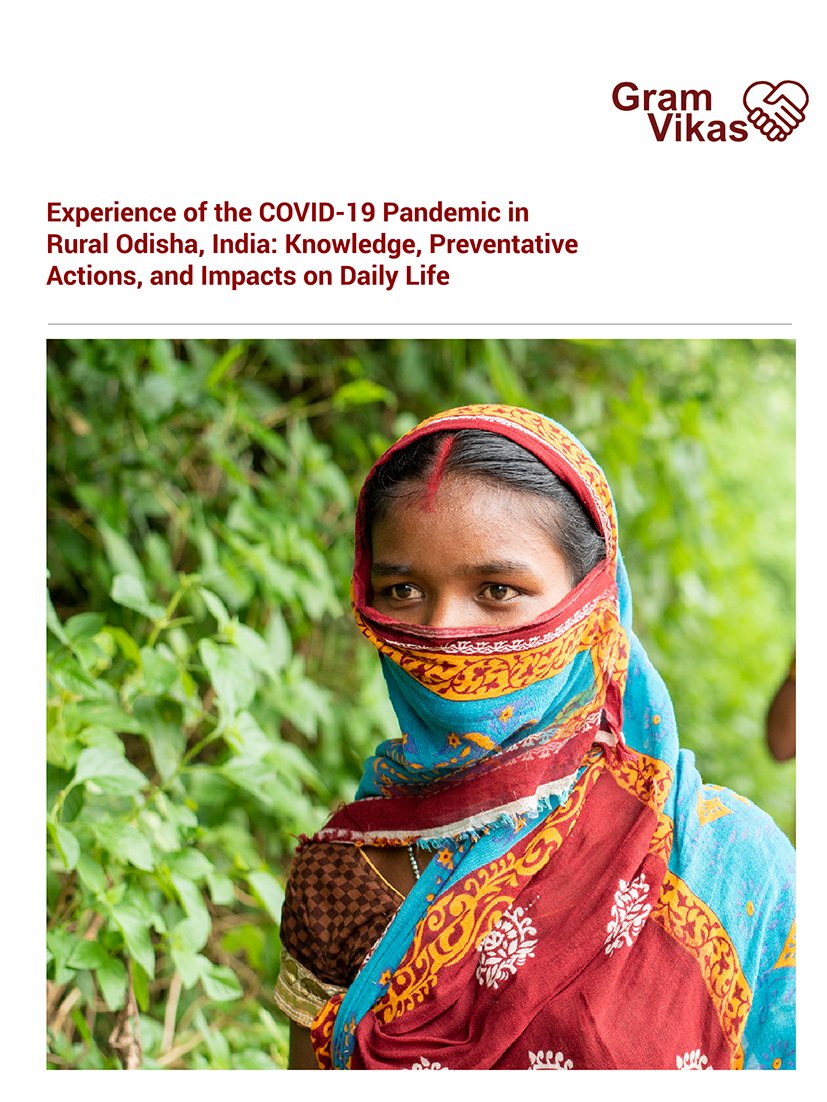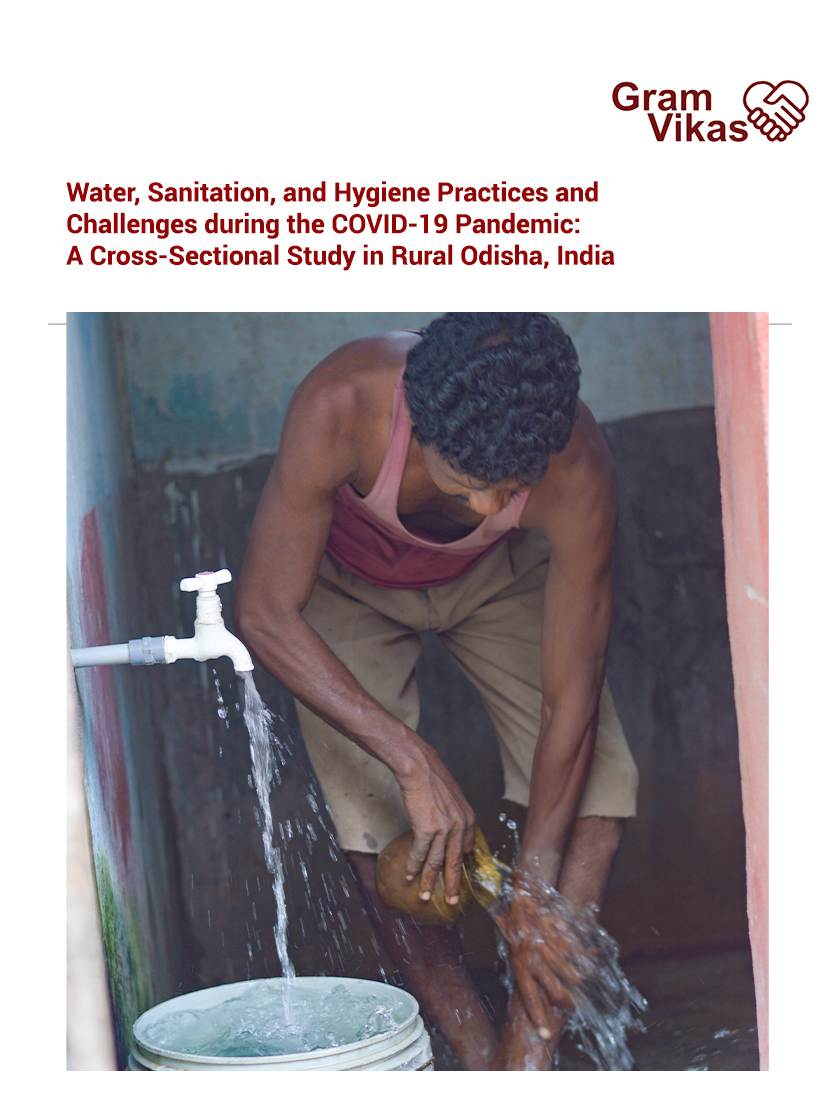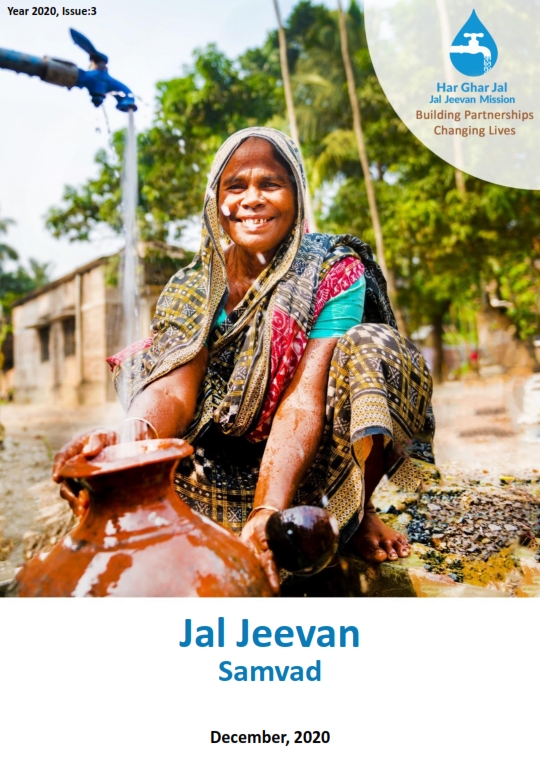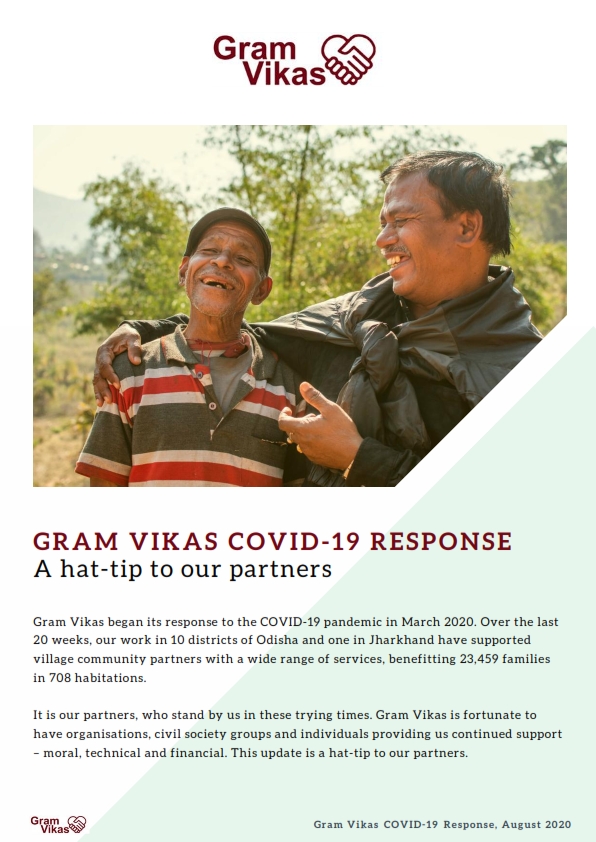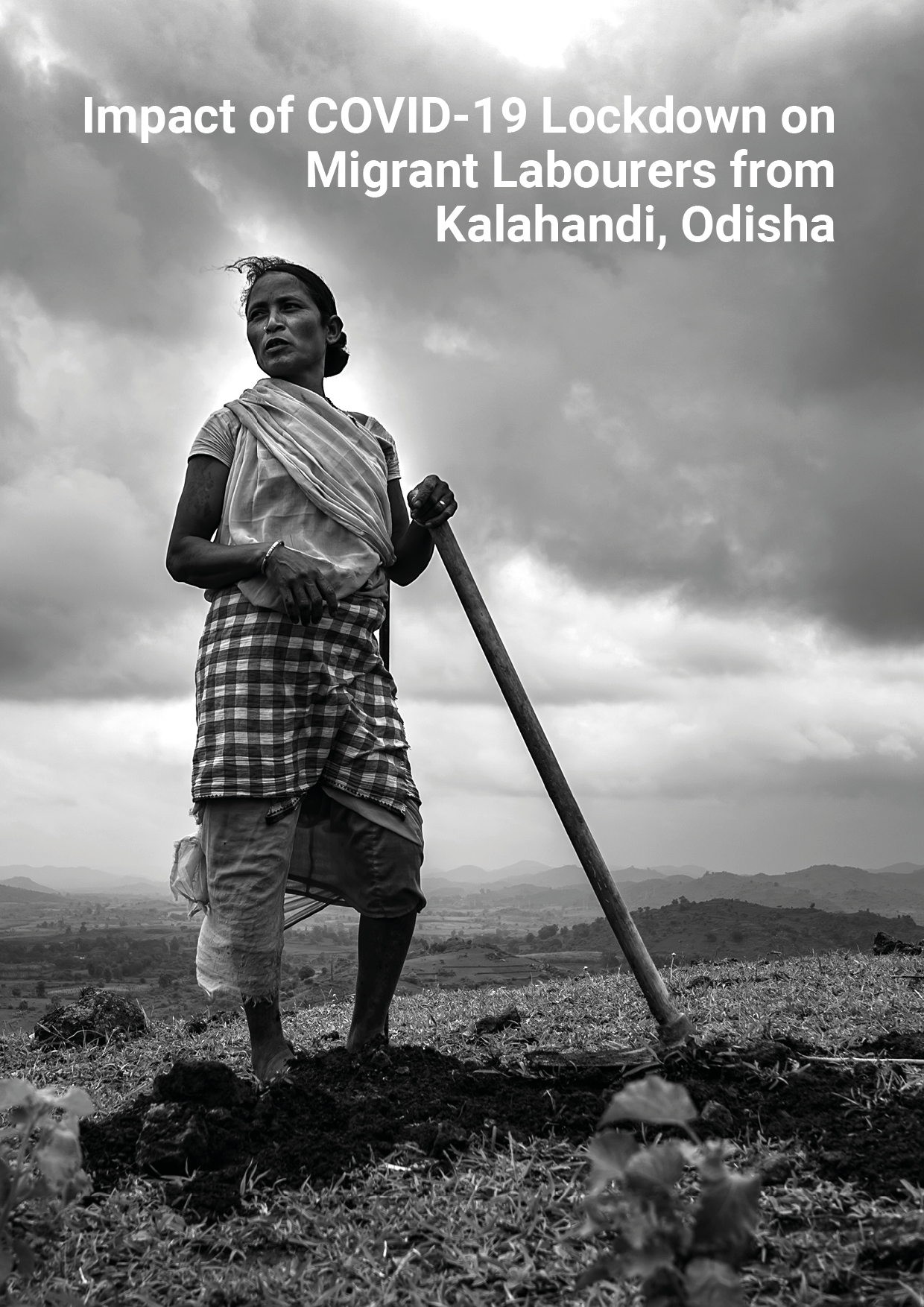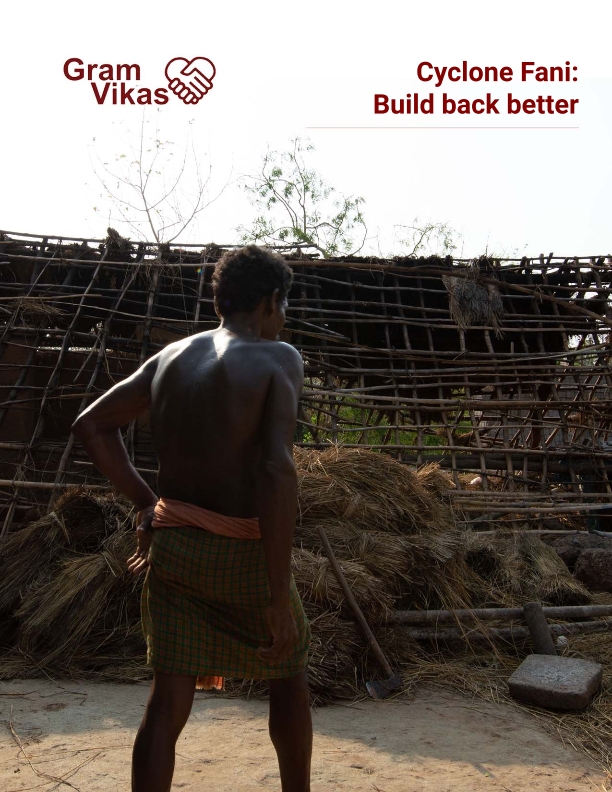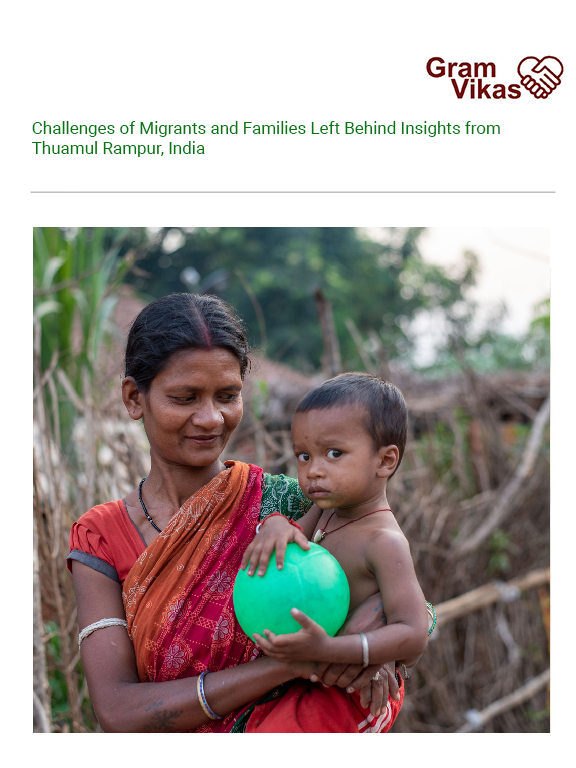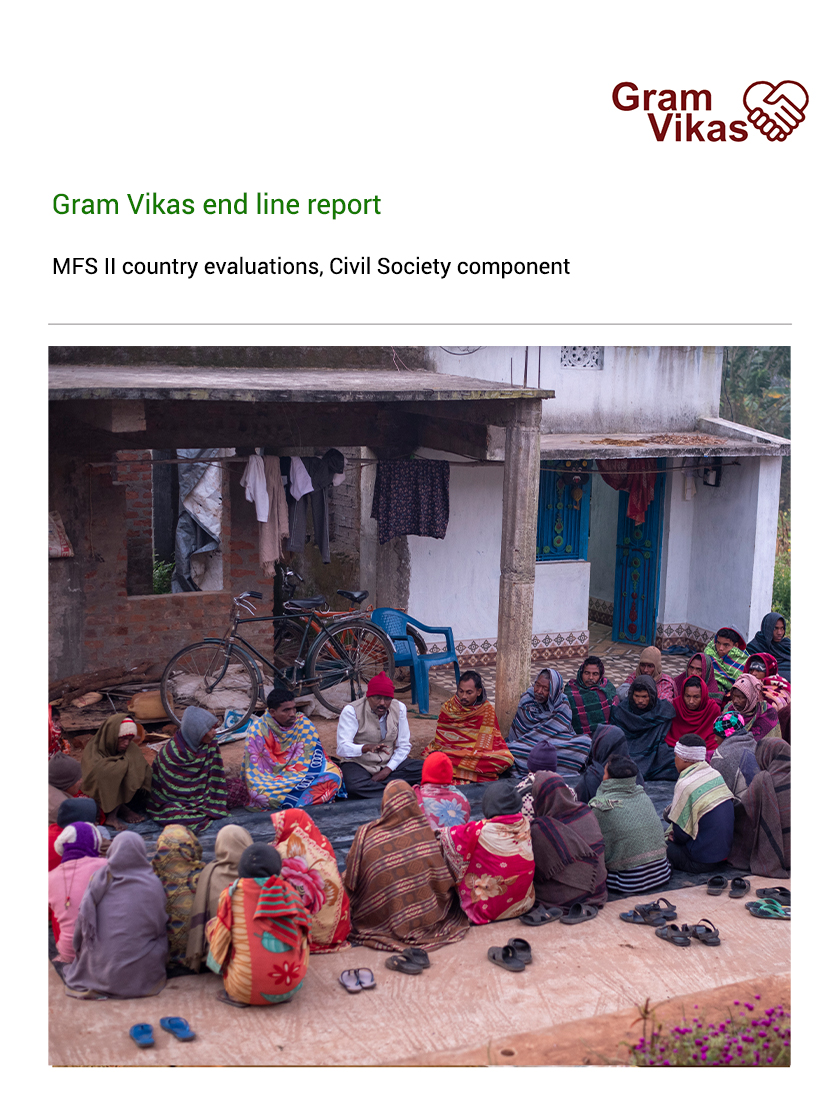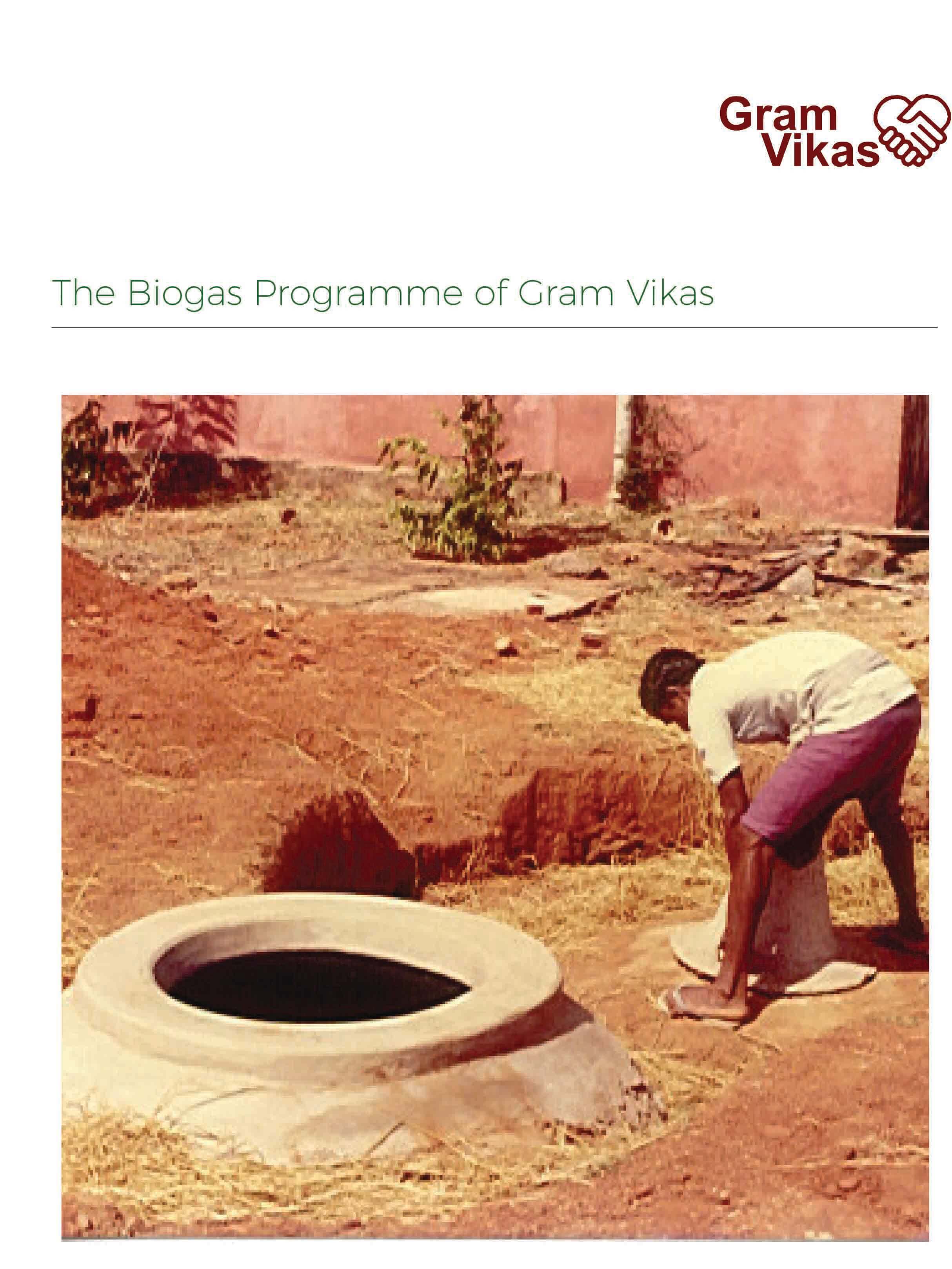Library

How do people build and manage their own sanitation and water facilities. Beena Kumari Govindan. 2022
This document draws upon the collective experiences of five village communities, namely Biridihi, Kusumitara, Mankapalli, Similisahi, and Tulasipur, located in Nayagarh. It explores their remarkable journey of establishing self-built water and sanitation systems. Additionally, valuable insights and best practices from neighboring villages in Ganjam and Gajapati districts, where Gram Vikas has provided assistance in constructing similar systems, are also documented in this study.

Labour Migration from Rural Odisha: Profiles of Four Blocks. CMID and Gram Vikas. 2021
Centre for Migration & Inclusive Development (CMID) and Gram Vikas collaborated on a comprehensive and in-depth study, which encompassed Baliguda, Jagannath Prasad, Rayagada, and Thuamul Rampur Blocks in Gajapati, Ganjam, Kalahandi, and Kandhamal Districts of Odisha. The primary objective of this exercise was to gain a profound understanding of migration patterns from these areas and assess the effects of the COVID-19 pandemic on the local communities. By analyzing these aspects, the study aimed to develop strategies based on empirical evidence that would enhance the resilience of partner communities.

Toilets Can Work: Short and Medium Run Health Impacts of Addressing Complementarities and Externalities in Water and Sanitation. Esther Duflo, Michael Greenstone, Raymond Guiteras, and Thomas Clasen. 2015
In this study, the aim is to assess the effects of a comprehensive water and sanitation improvement program implemented in rural India. The program focused on providing household-level water connections, latrines, and bathing facilities to all households across approximately 100 villages. Through this analysis, the paper aims to estimate the impact of the integrated program on the targeted communities.

GV Decade V Strategic Approach
The ‘Decade V Document’ presents the strategic vision and program framework for the fifth decade of Gram Vikas’ operations. During this phase, our primary objective is to deepen our engagement with the communities we have previously collaborated with, while also expanding our reach to new communities within the specific geographical areas we have prioritized. To achieve this, our work will be structured around six programmatic pillars. These pillars will build upon and further enhance the outcomes already accomplished, introduce fresh interventions to address community needs, and address the interconnected nature of development challenges and their solutions.
ALL PUBLICATIONS
 Filter
Filter
























